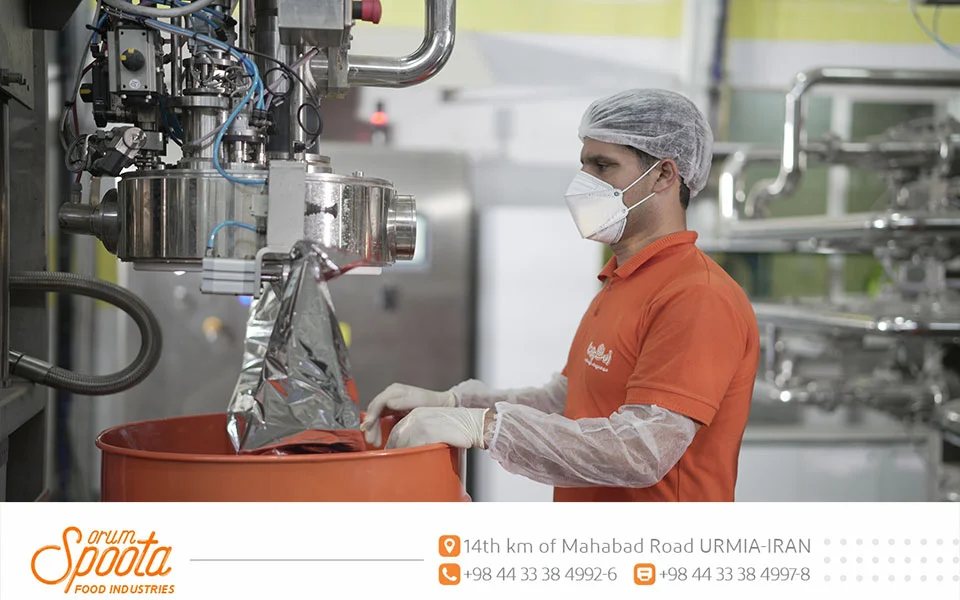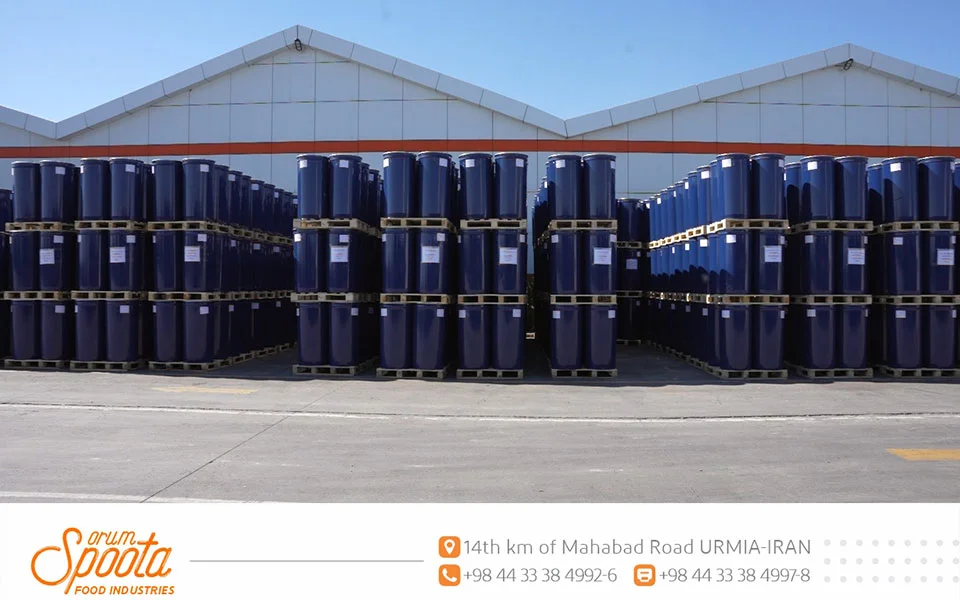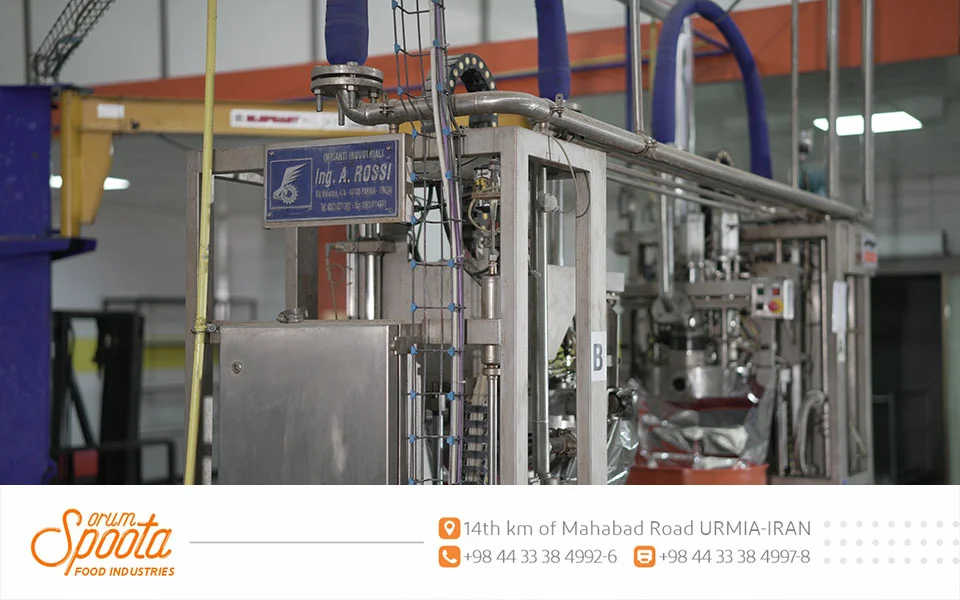

Tomato paste is one of the essential ingredients in the production of various foods, playing a crucial role in sauces, soups, and ready meals. With the advancement of technology, a new type of tomato paste known as "aseptic tomato paste" has emerged in the market, replacing traditional tomato pastes in many food industries. In this article, we will comprehensively explore this product, its production process, benefits, applications, and common questions to help you make the best decision regarding its use.
Aseptic tomato paste is recognized as an innovative and advanced product in the food industry. This type of paste is produced through an aseptic process, where the tomato paste is pasteurized at high temperatures under hygienic conditions to prevent microbial spoilage and other damages. Due to its preservation of natural properties and increased shelf life, aseptic tomato paste is an ideal choice for many food industries.
This product is particularly used in the production of sauces, soups, and ready meals, offering several advantages over traditional tomato paste. Brands such as Orum Spoota utilize this technology to deliver high-quality products with longer shelf lives to the market.
Aseptic tomato paste is tomato paste that has been pasteurized at high temperatures using the aseptic process and packaged in sterilized containers. This process is specifically designed to increase shelf life and preserve the natural taste and quality of the tomatoes.
In the production of aseptic tomato paste, fresh, high-quality tomatoes are first washed and chopped. The tomatoes are then cooked at a specified high temperature to extract their juice, producing the paste. After this step, the paste is pasteurized at high temperatures to eliminate any potential microbes and contamination. Finally, the aseptic tomato paste is packaged in special containers that prevent the entry of air and microbes, ensuring its extended shelf life.
For pricing and bulk purchase conditions of red pepper puree, please contact us.

Aseptic tomato paste offers several advantages compared to traditional tomato paste, making it an ideal choice for the food industry:
Longer shelf life: Aseptic tomato paste can be stored for a much longer period due to the pasteurization process and sterilized packaging, without the need for preservatives.
Preservation of natural taste and color: The aseptic process fully preserves the natural taste and color of the tomatoes, while traditional tomato paste may undergo changes in taste and color over time.
No preservatives: Unlike traditional tomato paste, which may contain chemical preservatives, aseptic tomato paste is free from unnatural preservatives.
Suitable for large-scale packaging: Aseptic tomato paste is ideal for bulk packaging such as drums and gallon containers, making it perfect for large-scale production and food industries.
📌For more information, you can refer to the digital catalogue of Orum Spoota products.
The aseptic process is a crucial stage in the production of aseptic tomato paste. This process is carried out in several precise stages:
Selecting fresh tomatoes: Initially, high-quality tomatoes are selected and washed.
Cooking the tomatoes: The tomatoes are cooked at high temperatures to fully extract their juice.
Aseptic processing: In this stage, the tomato paste undergoes pasteurization at high temperatures to eliminate any microbes or contamination.
Aseptic packaging: The aseptic tomato paste is packaged in sterilized containers that prevent air and contamination from entering, thereby extending its shelf life.

Aseptic tomato paste has specific technical features that make it ideal for the food industry:
Resistance to contamination: Due to the aseptic process, the paste is resistant to microbial contamination, significantly extending its shelf life.
Stability and long shelf life: This product can be stored for long periods without refrigeration or special storage conditions.
Natural taste and color: The aseptic process helps maintain the natural taste and color of the tomatoes, a feature that is less common in traditional tomato paste.
Aseptic tomato paste has numerous applications in the food industry. These include the production of sauces, pastas, soups, ready meals, and canned foods. This type of paste is particularly suitable for large-scale production, as it has a long shelf life and is easy to store under standard conditions.
Large packaging of aseptic tomato paste is especially suitable for major consumers such as food industries, restaurants, and food manufacturing factories. These packaging options not only reduce costs but also do not require special storage conditions and can be used for extended periods without compromising the product’s quality.

Aseptic tomato paste, thanks to its aseptic process and sterilized packaging, is the best choice for preserving product quality, taste, and shelf life. This product is especially ideal for food industries seeking to maintain the quality of their products for an extended period.
No, aseptic tomato paste can be stored at room temperature due to its sterilized packaging and pasteurization process.
The aseptic process preserves the natural taste and color of tomatoes, preventing any changes in taste or color.
Aseptic tomato paste is suitable for food industries such as sauce production, soups, and ready meals.
Due to the aseptic process and the use of sterilized packaging, aseptic tomato paste maintains its natural taste and quality for a long time without the need for preservatives.
0 reviews